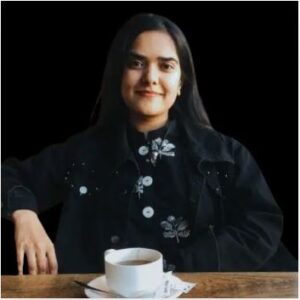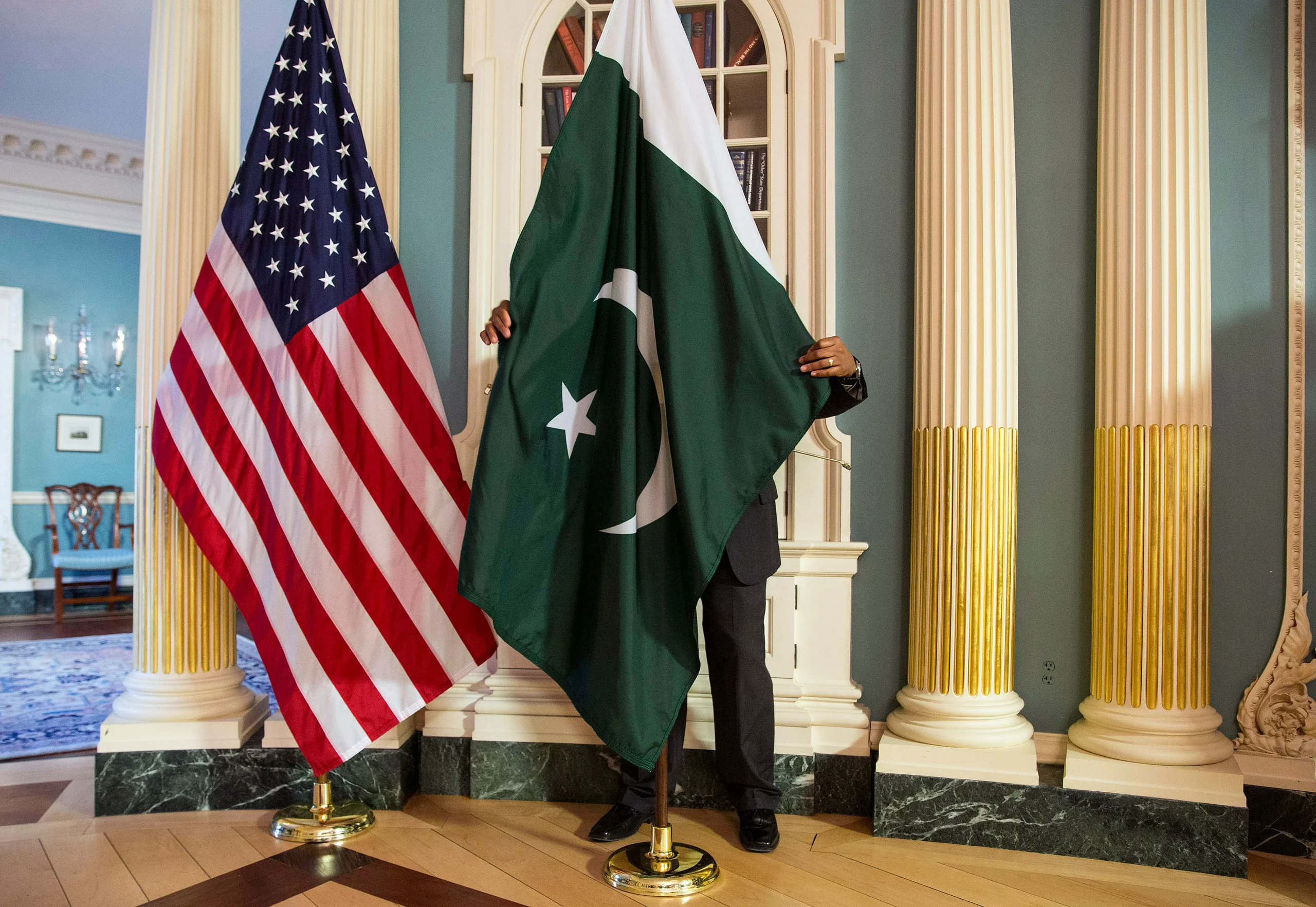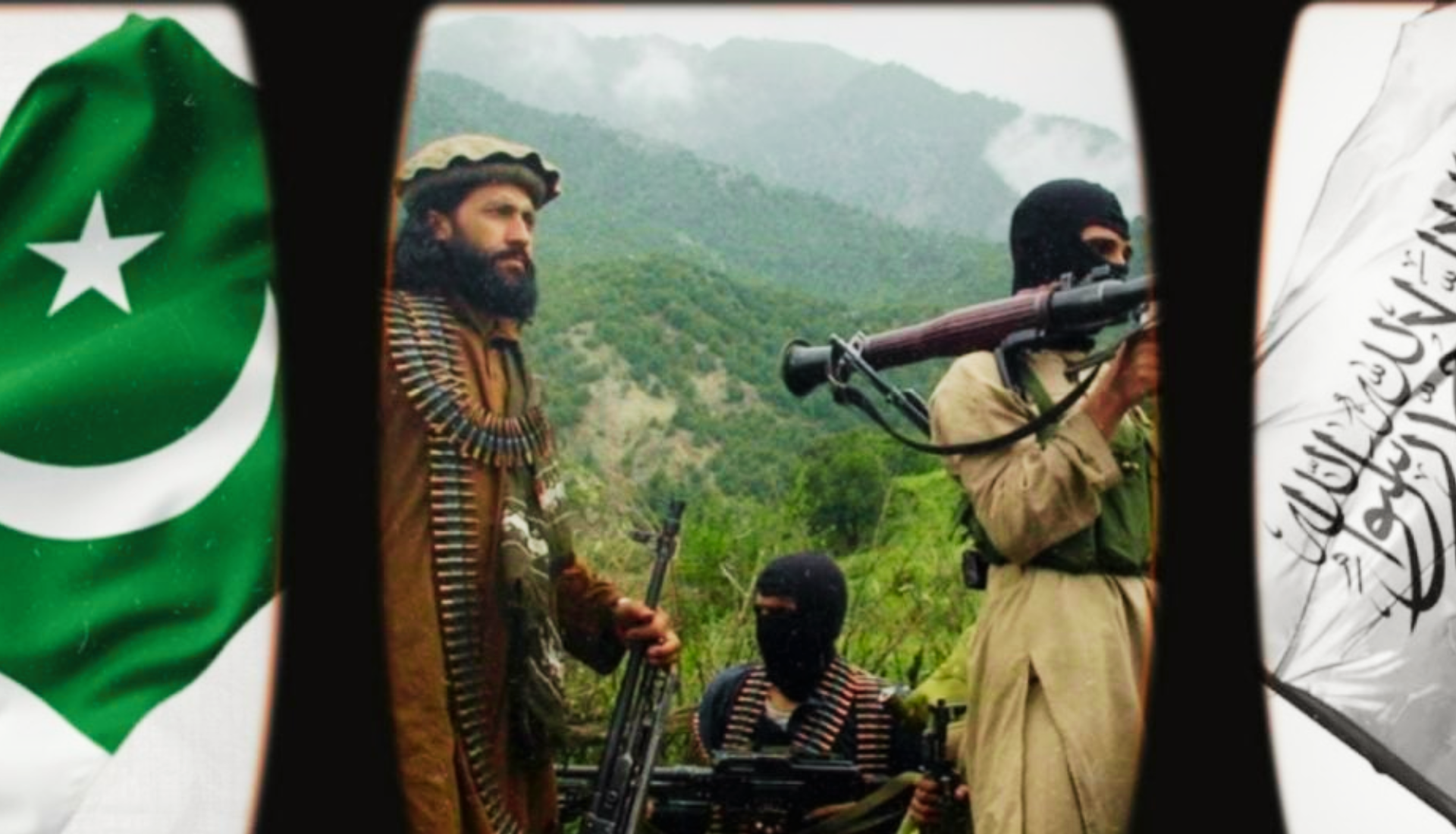Find any incident of hate crime or violence in India these days, and the perpetrators are almost always linked to the ruling Bharatiya Janata Party (BJP). Add to this the unapologetic and even provocative stance of the leaders, and you get a complete picture of how politically motivated violence on the streets has remained a regular occurrence right from the time the BJP came to rule an otherwise self-proclaimed largest secular democracy in the world. Minorities are not safe in India. But are women safe in India? And more so, how has systematic violence against minorities made women of minority communities even more vulnerable, as evidenced by the saffron terror?
As NAMED the most dangerous country for women in 2018, the year preceding the second tenure of the BJP, not much has improved for the women of the country as 2023 kicks off.
India: The Minorities’ Worst Nightmare?
In fact, quite the contrary, the soul-wrenching dragging to death of Anjali Singh in the capital city of Delhi, just after New Year’s Eve, sent waves of shock and denial not just within India but also as far as the news of the incident traveled. For many, the involvement of five drunk men in the incident brought back the memory of the gang-rape of “Nirbhaya” on a moving bus in 2012. The same city, ten years apart, seems to be just as cruel as it was a decade ago. Only one of the five drunk perpetrators is reported to be linked with the ruling BJP.
Who could have predicted that an idea born in the early twentieth century would take actual form and shape to become India’s religious minorities’ worst nightmare? Hindutva was just an ideology like any other in the world, but its organized translation into armed groups tasked with stripping away the basic rights of any human, of any gender, if found not conforming to the said idea, has been keeping India under a subtle, clouded, and not-so-identifiable wave of terrorism.
In Power: The Extremist Right
Because it is neatly brushed under the rug by the ruling government in India—the very embodiment of the extremist right—it is subtle and clouded.
There is much to be said about how the state and its contract with the citizens go rogue when the far right takes power and covert violence takes on more overt forms. For example, the Delhi Police reports to the Union Home Minister, Amit Shah, instead of where it is actually supposed to report, which is to the Delhi State Government of the Aam Aadmi Party. Amit Shah turns out to be Prime Minister Modi’s close aide and “right-hand man.” And this is how violence finds cover instead of the just fate it deserves.
Around Christmas time last year, mobs started attacking Christians and churches. It turns out that this is being done as part of a Rashtriya Swayamsevak Sangh (RSS) campaign led by a BJP leader in Bastar. The campaign is literally forcing evictions on the residents of the Christian community. Now, considering the overlap of this terror with gender, these evictions are bringing the women of these households right under the sky. Remember, these are women of an already marginalized Adivasi community. Any account of the horrific beating and kicking while forcing these people to leave their homes is, in fact, an account of women being beaten, dragged, hit, and pushed. As this campaign spills over to other parts of the country, you could see a wild mob attacking women missionaries in Karnataka, hitting them with punches in the face.
Saffron Terror: Marginalization of the Weak
It is the same Karnataka that saw the forceful imposition of “no hijab” on Muslim girl students, which led to saffron terror. Sure, any patriarchal society commits the crime of being systemically violent towards its women by imposing and policing dress codes. But being a woman of a religious minority and being asked to not practice hijab is how the intersections of sex, religion, and community have multiplied the violence perpetrated by saffron terrorists against women. The targets, in this case, Muslim girls, are then left with little room to survive in the actual site of violence.
This is evident in reports suggesting a decrease in the number of girl students in government colleges in Udupi, Karnataka.
Taking this wave of terror further back to the Delhi riots, the bail pleas of one of the university students, Gulfisha Fatima, still hang in the air because the police opposed the bail. Her crime is that she protested and spoke up against the very discriminatory Citizenship Amendment Act (CAA). But more than that, her crime is that she is a Muslim and a Muslim woman in the BJP’s India.
So, does violence just happen? A close inspection of incidents of violence against women in recent years in India will reveal the chain that creates hurting and haunting memories like those of Anjali Singh. When the provocation of rape of women of other religions is a routine subject of preaching, then the brutal dragging to death of a woman only becomes another “pawn down” and “message delivered” for those who intend to communicate nothing but terror.







